Keeping chickens can be a fun way to have some small farm animals without a huge amount of work. Chickens surprisingly exhibit a range of behaviors and characteristics that owners who spend time observing them can come to recognize and appreciate. Learn how to care for them so that both you and your chickens will do well.
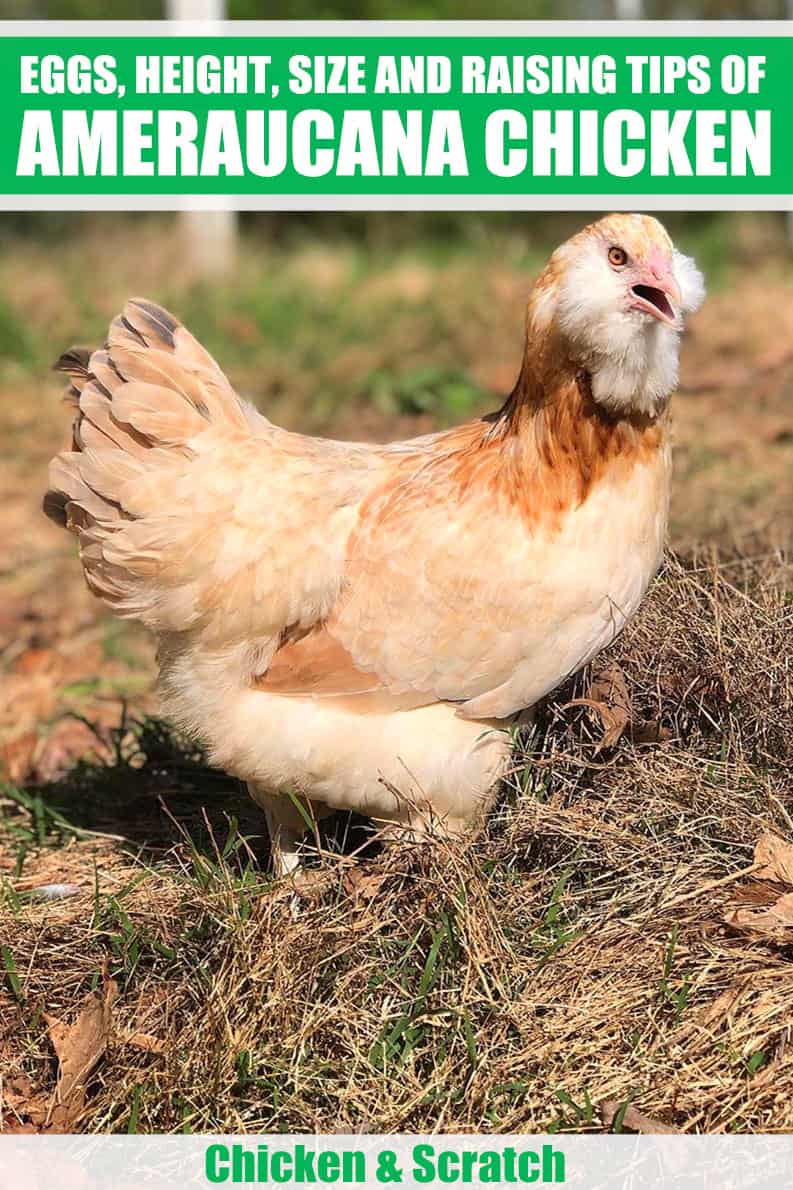
Ameraucana Chicken Overview
| Feature | Ameraucana Chicken |
| Purpose | Dual Purpose (Meat and Egg) |
| Egg Color | Blue |
| Egg Size | Large |
| Broodiness | Not usually broody |
| Heat Tolerance | Yes |
| Cold Tolerance | Yes |
| Comb Type | Pea Comb |
| Egg Production | About 150 eggs per year |
| Chicken Skin Color | White |
| Life Span | 7-8 years |
| Adult Weight | Hen: 4.5-5.5 lbs, Rooster: 5.5-6.5 lbs |
| Backyard Friendly | 4/5 (Friendly and adaptable, but requires ample space to roam) |
If you want a distinctive addition to your flock, then try out Ameraucana! This breed is famous for its unique egg-laying capabilities. This breed lays not brown or white eggs, but a blue-tinted one!
This breed also takes part in producing the “Easter Egger”. It’s a chicken that lays abundant amounts of different colored eggs, a perfect striking addition to your homestead!
The Ameraucana Chicken is a beautiful, hardy breed that stands out from the crowd. Its vibrant feathers and peaked crest give it an endearing look compared to other breeds. These days, they are becoming more and more visible in many bird shows.
This beloved bird can be found in almost any chicken keeper’s flock these days! It has become popular for its appealing temperament, as well as broodiness, and awesome egg production.
History of Ameraucana
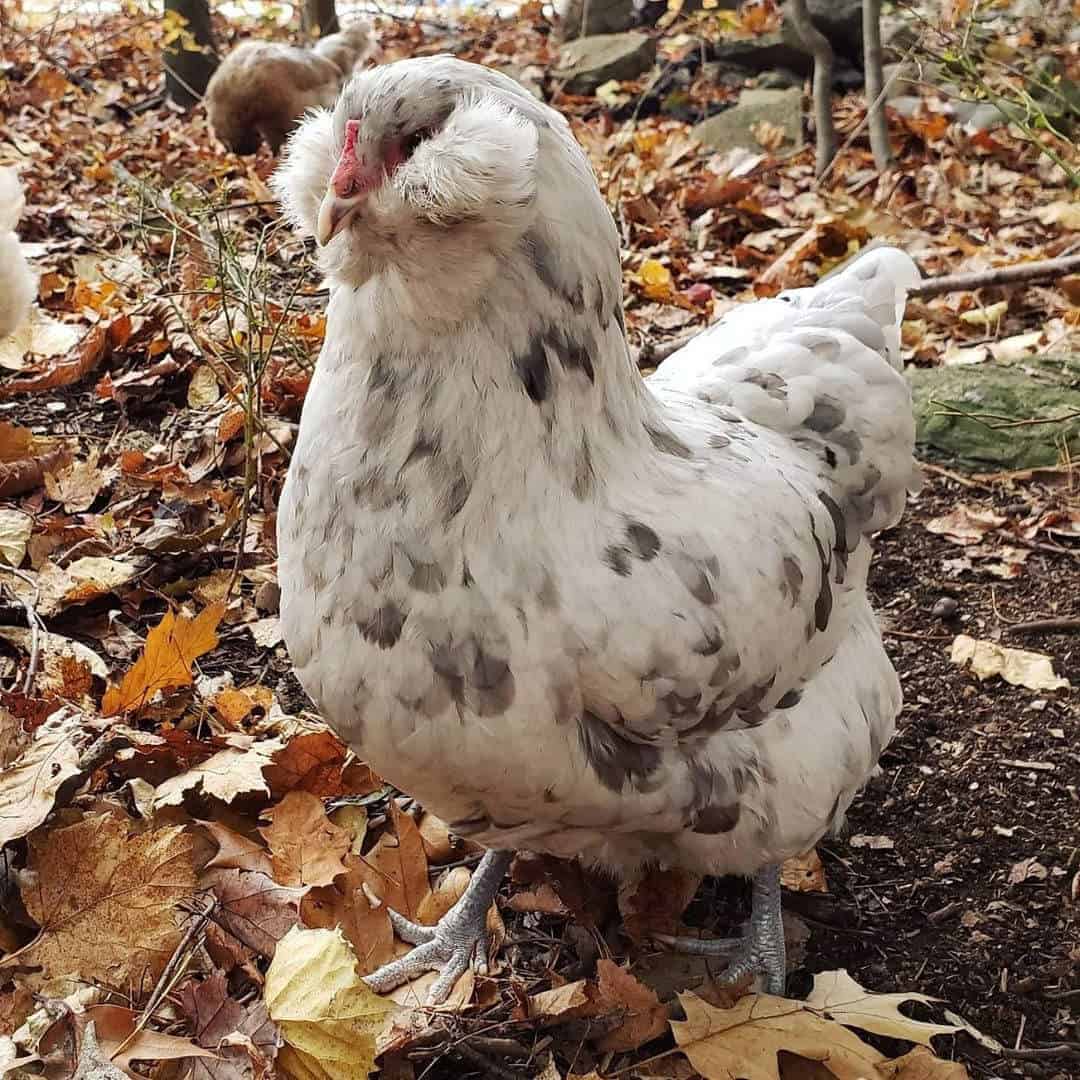
The Ameraucana chicken is a relatively new breed that was developed in the 1970s. They were accepted by the American Poultry Association (APA) as a distinct breed in 1984.
While some people think that the Araucana chicken and the Ameraucana chicken are the same breed and that they are nicknamed the “Easter Egg Chicken” or “Easter Eggers,” these are three different kinds of birds.
Although it’s not entirely clear as to which of these three came first, the Easter Egg chicken likely showed up first. TThese birds carry the gene for blue eggs but can lay eggs in various colors, including white, brown, green, and blue.
The many different egg colors actually result from the fact that the Easter Egg chicken is of uncertain ancestry. These carry the genes for laying some or all of these different colored eggs.
A true Ameraucana chicken was developed by selectively breeding Easter Egger chickens for specific characteristics. One of the most important of these is the ability to lay blue eggs.
While this characteristic continues to be worked on by dedicated breeders to produce a pure blue shell, as a general rule, all Ameraucanas lay only blue eggs. If you want a backyard flock, it may not matter to you if you have Araucanas, Ameraucanas, or Easter Eggers.
However, if you fall in love with your chickens and decide you want to show them, you may be in for a big disappointment if yours are not purebred. No matter how nice they are, mixed-breed chickens will be disqualified from the show ring. They must meet the breed standard before they can be shown.
Ameraucana Breed Standard
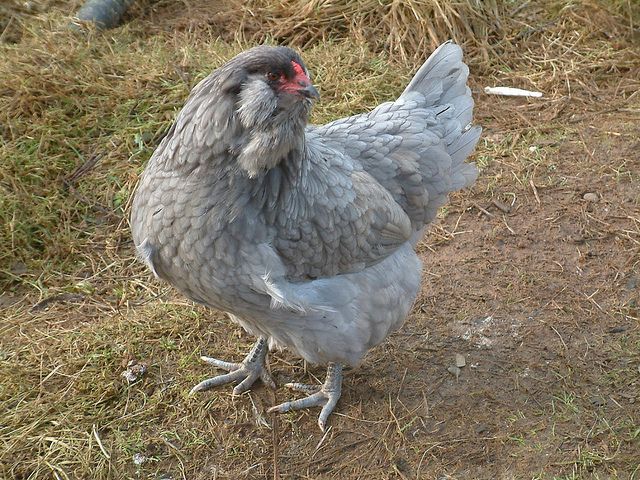
Ameraucanas must have certain characteristics if they are to be accepted as purebred representatives of the breed. They must be one of the acceptable colors for the breed. These colors are:
- Black
- Blue Wheaten
- Brown-red
- Blue
- Buff
- Silver
- Wheaten
- White
They must also possess certain other traits, including:
- Having a full tail instead of being rumpless
- A pea comb
- Muffs on both sides of the face, which are feathery puffs that nearly hide the face
- Curved beak
- Small or absent wattles
- Small earlobes
- Expressive eyes
- Fairly large wings
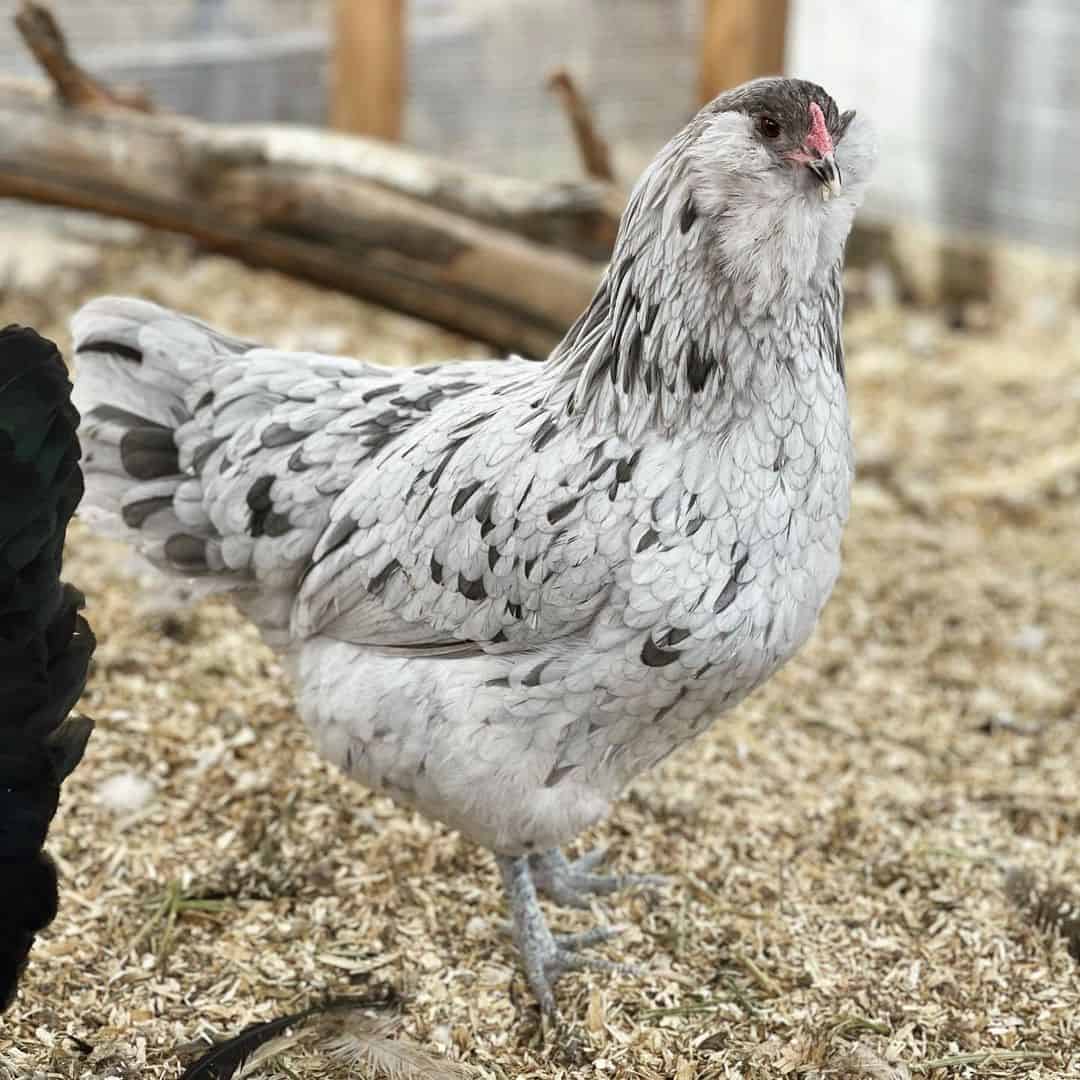
Note that, as with many breeds of chickens, Ameraucanas come in both a full-sized version, what might be thought of as a “regular-sized” chicken, and a bantam variety, which is a smaller version of the same thing. The breed description for both types is the same, except for the size distinction.
The weight of a chicken is an important aspect of its classification. A bantam chicken must weigh between 1.625 and 1.875 lbs for males and 1.5 and 1.625 lbs for females. A full-sized chicken must weigh between 5.5 and 6.5 lbs for males and 4.5 and 5.5 lbs for females.
The specific weight depends on the age and classification of the chicken. Any Ameraucana chicken that is more than 20% outside of its allowable weight limits will be disqualified.
Personality and Temperament of Ameraucana
The typical Ameraucana chicken is calm and docile. While they can get excited if there is a reason to do so, they are not anxious or excitable by nature. This makes them the ideal chicken for a first flock, especially for a child or someone who has concerns about being able to take care of their chickens.
An Ameraucana chicken is curious and bright, making it enjoyable to have around. This chicken has also been described by many as being adaptable and entertaining. These birds fit in well in most places as long as they are kept safe and their basic needs are met.
Hens do not usually go broody, so they don’t usually spend a lot of time sitting on eggs and waiting for them to hatch. However, if an Ameraucana chicken does turn broody and manages to hatch out a few chicks, it’s likely that her stable temperament will help her be a great mother.
If a rooster is kept with the flock, it’s important to note that many breeds of roosters can become very aggressive. A large, hostile rooster can even be dangerous to a small child. The quiet disposition of the Ameraucana means that problems related to behavior issues are unlikely to occur.
Ameraucana Egg Laying
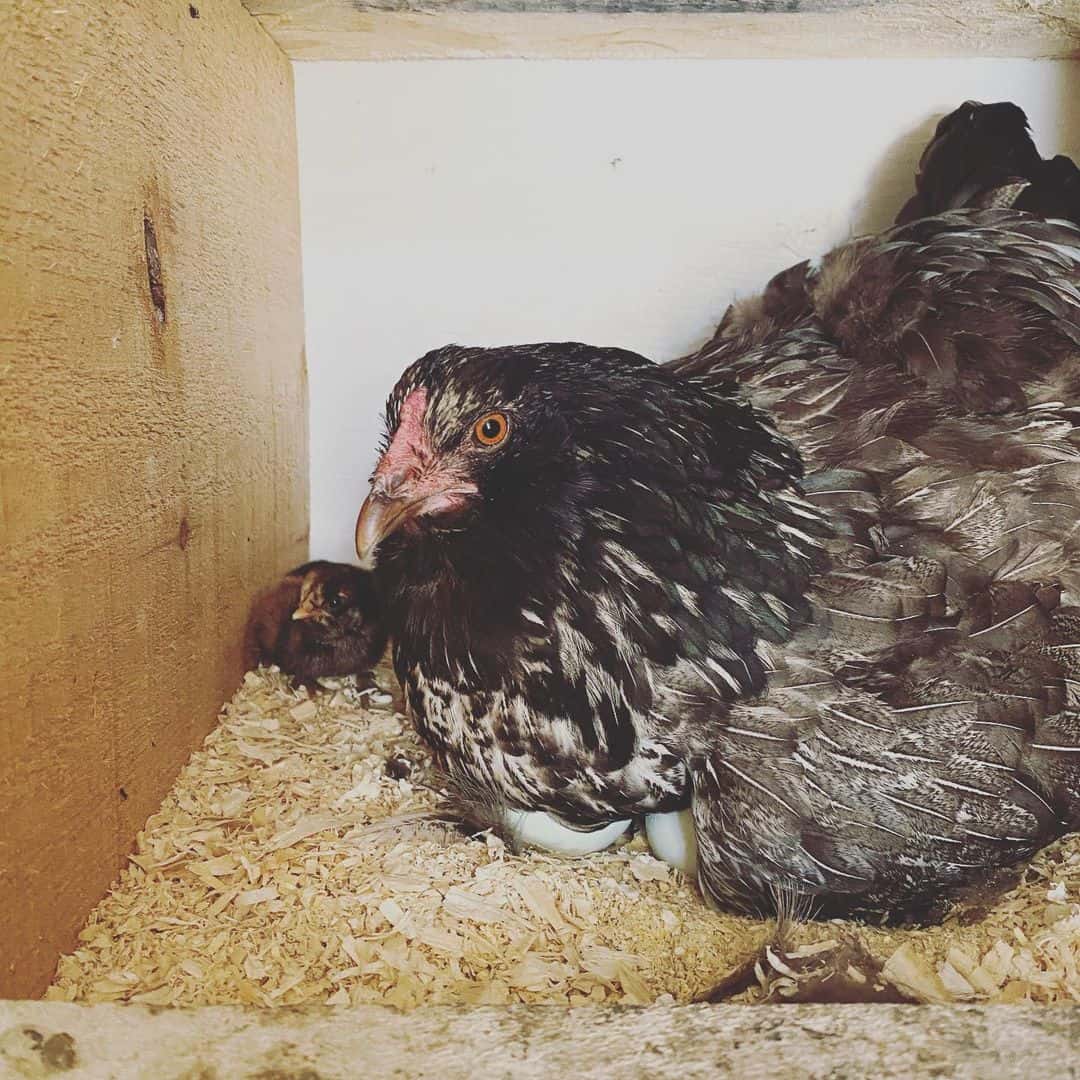
Ameraucana chickens are reliable egg layers that can be depended on to lay well throughout much of the year. While they do not lay as many eggs as some breeds that have been bred solely for egg production, they do produce consistently.
The typical Ameraucana chicken lays about 150 eggs per year. These eggs tend to be uniformly large and consistent in size. They are all blue. If a chicken produces other colors of eggs, it is not a purebred Ameraucana chicken.
Most chickens lay eggs throughout the warmer weather, where the days are relatively long, but they begin to drop off in production as the weather changes and the days begin to shorten. To keep chickens laying all year, provide them with ample food and a light source.
They will still stop laying when they molt, but the extra care will result in many more eggs over time. When the blue eggs from the original Easter Egger chickens became popular, people claimed they were more healthful than other eggs.
They claimed these eggs were lower in cholesterol and had a higher nutritional value than other colored eggs. Despite the fact that these claims have been proven false, many people still believe blue eggs are superior.
Ameraucana Health Issues

Thinner Eggshells
Their eggs are Ameraucana’s most prominent feature. However, this pigment might also cause some drawbacks.
As it comes from a mutation, it can also result in thinner eggshells. Fortunately, you can easily combat this by providing your Ameraucanas with the right amount of calcium in their diet.
Feather Mites
Ameraucana’s dense feathers are what make them a popular breed of chicken nowadays. However, these feathering characteristics can predispose the birds to health issues like lice and mites.
Keeping lice and mites away from chicken feathers is important because if left untreated, both can cause severe discomfort in chickens. Lice can sap vital nutrients and weaken birds through blood loss creating health problems from reoccurring infestations. Meanwhile, a serious mite infestation causes intense itching resulting in disruption of feather growth as well as skin damage.
Regularly cleaning, combing, and maintaining their feathers can be your best line of defense against these parasites. Also, keep your chicken’s coop clean and well-ventilated to create an environment that discourages lice and mites from inhabiting the feathers.
How To Take Care of Ameraucana
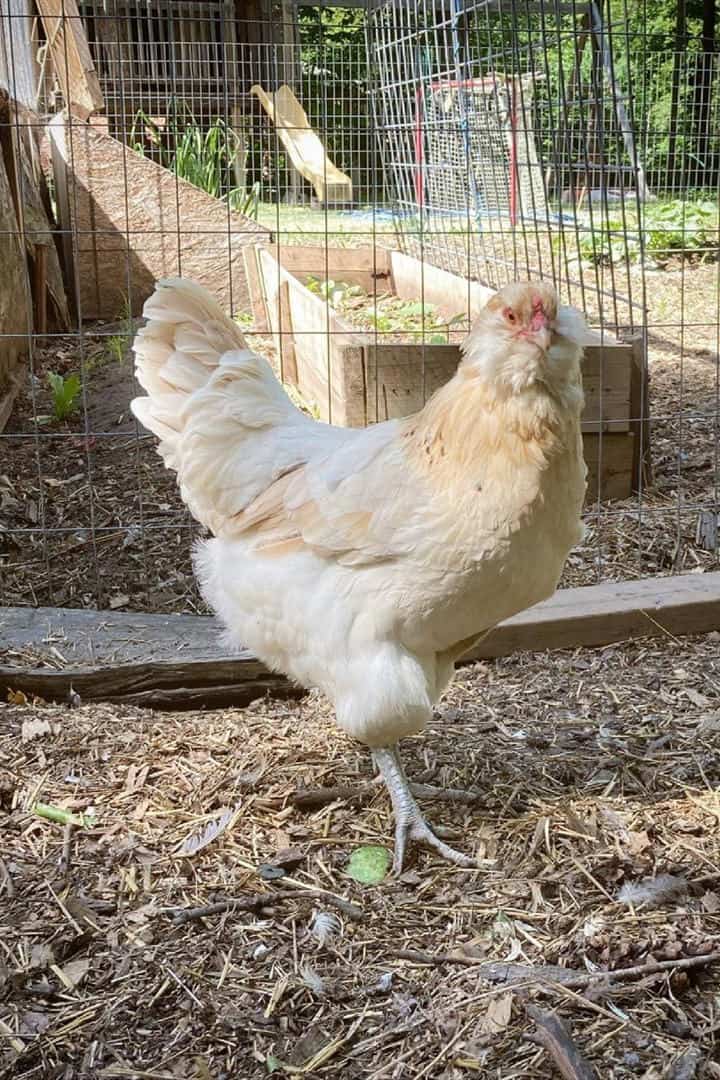
The Ameraucana chicken is generally a healthy chicken with no major health concerns related to the breed. This is quite unlike the Araucana chicken, a breed that is often confused with the Ameraucana.
Keep in Mind Their Genes
Araucana chickens carry a gene that results in tufted ears. While these tufts make the Araucana visually similar to the Ameraucana, the two are distinct breeds. In the Araucana, the tufting gene is linked to a fatal flaw, and if two parents pass the gene on to their offspring, the babies will die before ever being able to hatch from their shells.
Despite the similarities in appearance and names, the Ameraucana chicken does not carry this gene. Owners who want to breed their chickens don’t have to worry about this horrible condition killing any babies before they can hatch.
Provide Winter Protection
Ameraucanas are considered winter hardy, which means they can handle the cold quite well. They do need protection from extreme cold and from drafts. They must also have access to water at all times, and they must receive an adequate amount of feed to support them through bad weather.
They should be kept in clean quarters with no buildup of manure or shed feathers, and perches should be provided to allow them to roost.
5 Tips for Raising Ameraucana Chickens
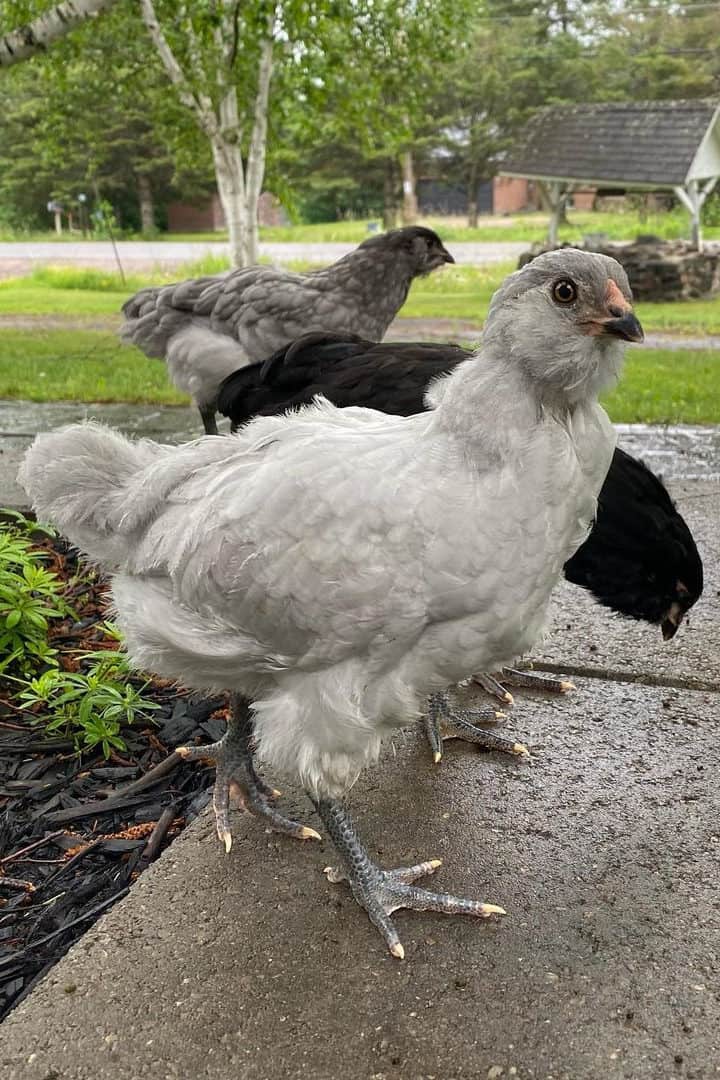
- Since these chickens are not usually broody, it’s best to start raising them with either young chicks from a commercial hatchery or young adult birds purchased locally. If you buy them locally, you’re more likely to be able to get help if you need it.
- Give your chickens a good shelter. They need something that will protect them in all kinds of weather. You also want a shelter that is made for you to be able to easily reach in and gather the eggs every day. It’s much nicer if you don’t have to go inside the shelter every time you want to collect eggs.
- Provide the chickens with room to roam. Since they may range far afield if allowed to, it’s usually best to confine Ameraucanas to a large pen that provides protection from predators while still allowing them plenty of space.
- Make sure your chickens can get back into their shelter every night. If your Ameraucana chickens are used to their shelter, they will return to it every night on their own. All you need to do is to lock them in toprotect them from predators.
- Feed your Ameraucana chickens good-quality commercial feedevery day. The such feed has everything they need in it to keep them healthy. It also has what they need to allow them to lay eggs when they are old enough to do so. Also, keep water available at all times. In freezing weather, a water heater can help prevent the water from freezing.
Summary
The Ameraucana chicken is an excellent breed for a home flock. These birds are typically hardy, adaptable, and generally calm. They are also a fun breed to raise, as not only are the chickens enjoyable as pets, but they also produce blue eggs that can be eaten or sold, and that makes for interesting conversation.

Joseph Hudson has been raising chickens for over 15 years. In 2018, he completed the Agriculture & Natural Resources program at Mt. San Antonio College. He currently raises over 1400 chickens on his 7.5-hectare farm. He keeps sharing his experience on raising healthy and happy chickens on Chicken Scratch The Foundry.







How long does it take till the first egg? My pullets are looking great, their combs are still pale and they are 17 weeks old.
Ours were 21 weeks and 1 day old when we got our first eggs!
Ours are full size chickens but lay small to very small blue eggs.